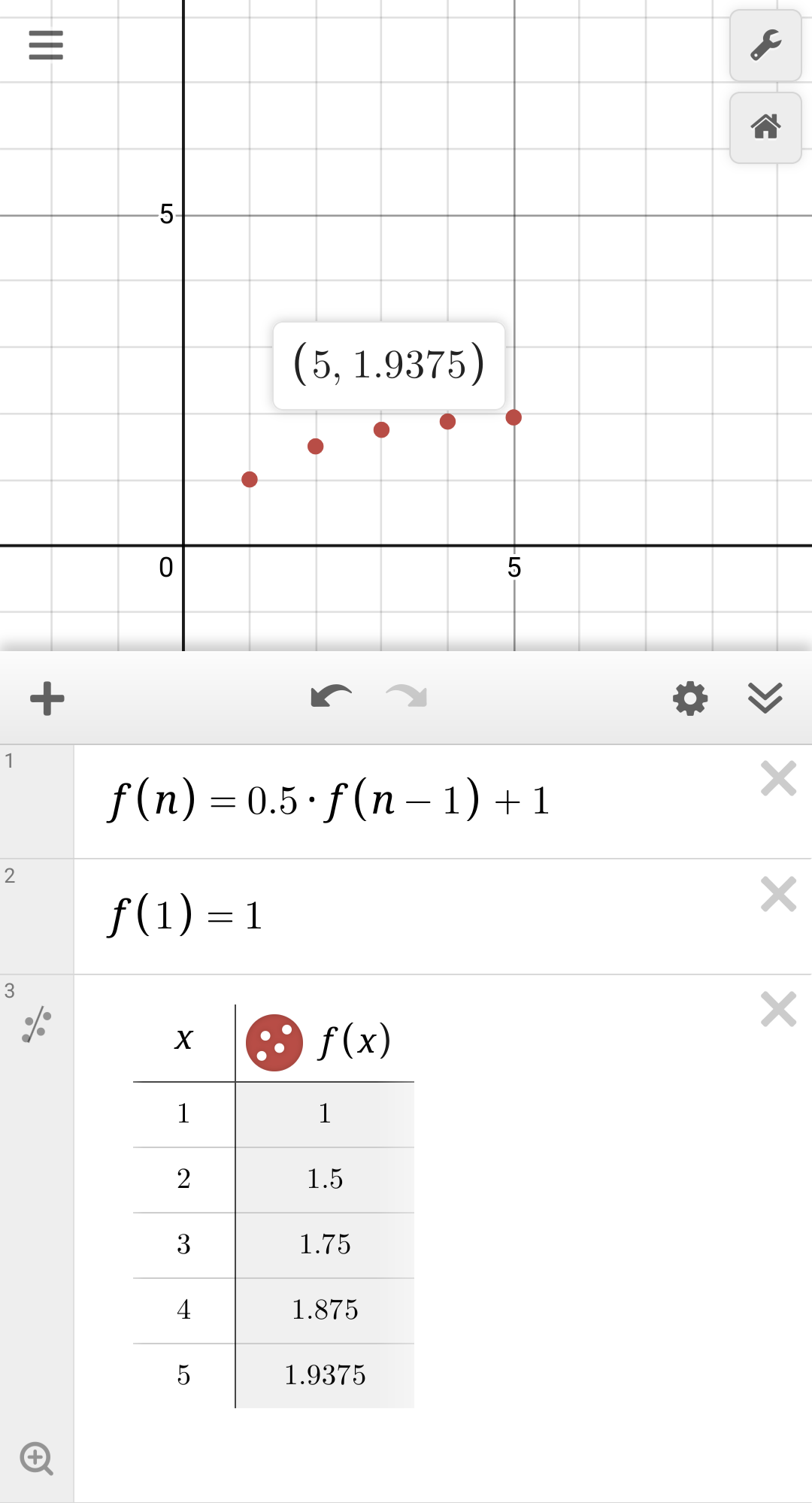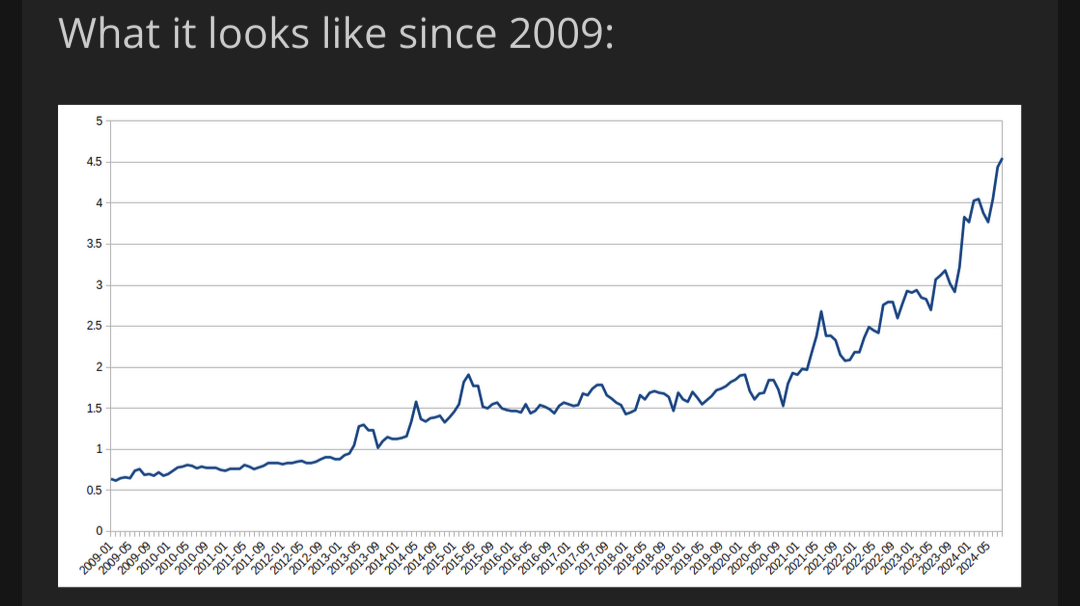

I’m not sure if it’s my “favorite”, necessarily, but I couldn’t think of anything else, and it is a good show, and, imo, rather unknown, but I’ll share Wakfu (the French version (with subtitles if you don’t speak French). I’d highly recommend not watching the dub — it isn’t very good).




Can you clarify what you mean by “unique”?